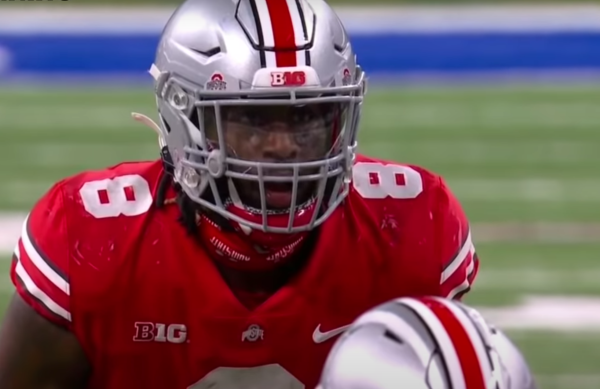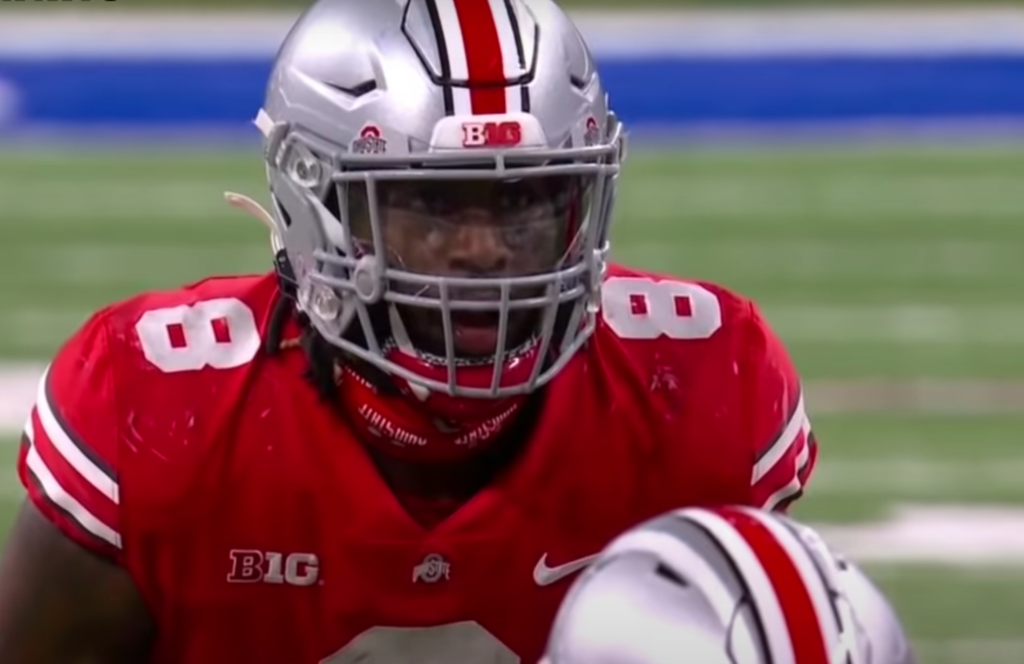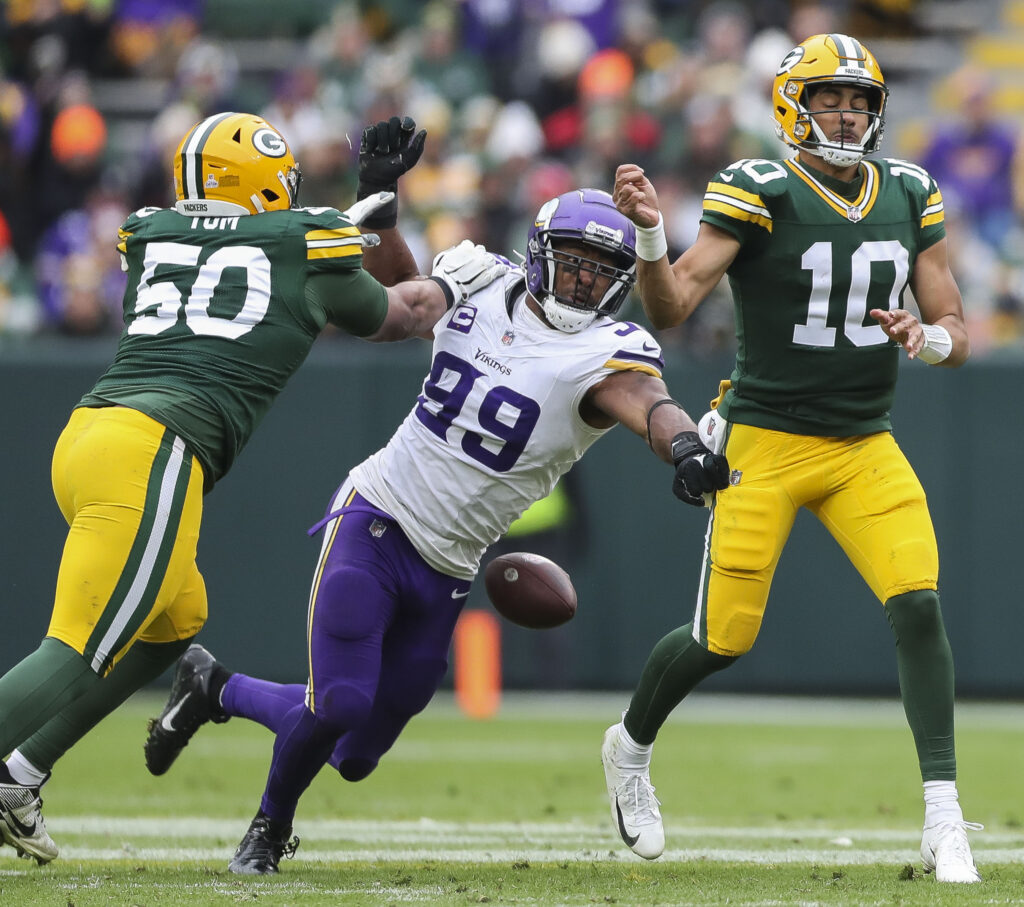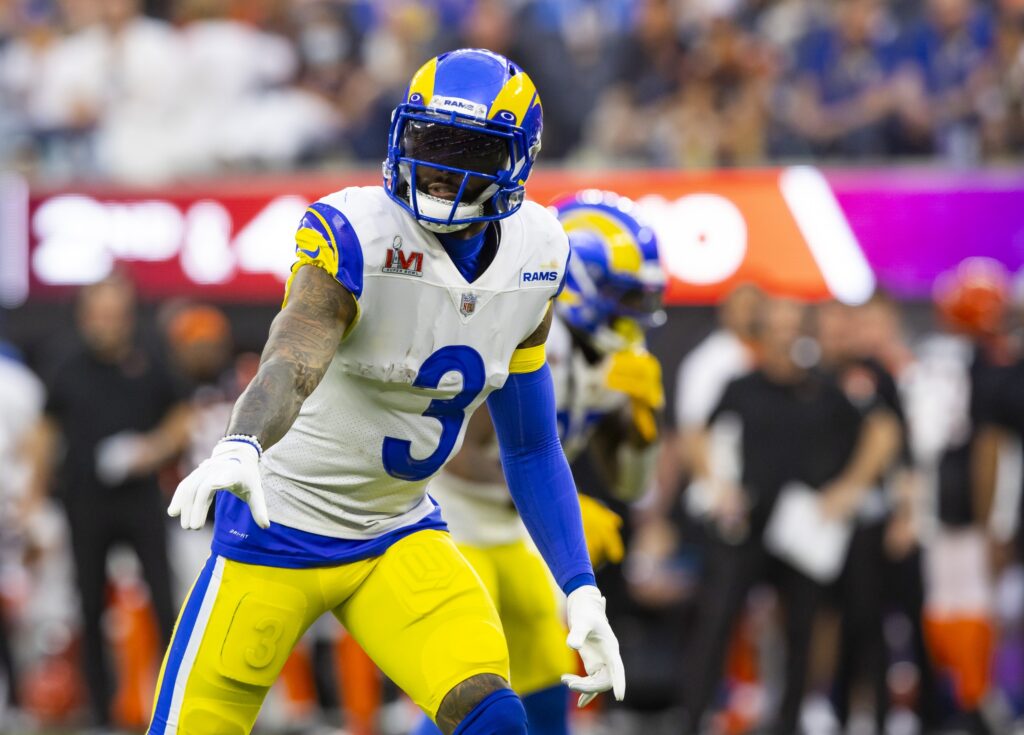
If there is one thing we know about the Minnesota Vikings’ offense, it’s that they will run the ball. Even with the hiring of Klint Kubiak as offensive coordinator, there’s not much reason to think the Vikings will deviate from a game plan that ranked fifth in rushing offense and eighth in rushing attempts last season.
That means a lot of work for Dalvin Cook, who would have been on pace for a 400-touch season had he played 16 games.
It’s unlikely that the Vikings will use an early pick to grab Alabama’s Najee Harris, Clemson’s Travis Etienne or North Carolina’s Javonte Williams, but with the addition of a 17-game schedule and the departure of Mike Boone, the Vikings could add another back in the draft to join Cook and Alexander Mattison in the backfield.
Trey Sermon
Sermon spent the first three seasons of his college career at Oklahoma but never got the opportunity to be a lead back. After transferring to Ohio State last season, he received that chance but didn’t get off to a hot start.
That changed at the end of the season where Sermon ripped off 331 yards and two touchdowns in the Big 10 Championship Game against Northwestern.
Sermon backed that up with 193 yards and a touchdown against Clemson in a College Football Playoff Semifinal.
At 6-feet and 215 pounds, Sermon doesn’t have top-tier athleticism but he did post an 87th percentile time in the 3-cone drill (6.83s) and has a relative athletic score (RAS) of 9.66 out of 10. These factors contribute to Pro Football Focus giving him an 88.9 grade on zone-scheme runs, making him a fit for the Vikings offense.
In a lot of ways, Sermon compares to Mattison, whom the Vikings took in the third round in 2019. While Mattison has had his moments, he almost disappeared in the second half of last season – part of that was due to an appendectomy.
Michael Carter
At 5-foot-8 and 201 pounds, Carter is a stocky but explosive prospect that averaged 4.47 yards after contact according to PFF. That running style was on full display last December when Carter ran for 308 yards and two touchdowns against Miami.
In addition to his ability to get it done on the ground, Carter can play a role in the passing game. Carter caught 20-plus passes in three of his four seasons at Chapel Hill and runs routes well enough to become a third-down weapon for an offense.
A third-down back could be a way for the Vikings to be more creative on offense and ration Cook’s usage. The Vikings had plenty of success during the mid-2010s by utilizing Jerick McKinnon as a multi-faceted weapon and Carter has the skill set to fill that role.
Chuba Hubbard
Hubbard led the nation with 2,094 rushing yards in 2019 and could have been a high draft pick had he declared for last year’s draft. Hubbard chose to go back to Oklahoma State for his redshirt junior season and his draft stock took a big hit in 2020.
Some of Hubbard’s struggles weren’t his fault. Hubbard missed time with an ankle injury which may have been why several of his efficiency metrics including yards after contact (2.5) and his elusiveness rating (44.3) declined last season.
But Hubbard feels like a strong fit for a zone-blocking scheme. A traditional one-cut runner, Hubbard can hit the hole hard. With a 4.48-second time in the 40-yard dash, he can also break a big play if given the opportunity.
Hubbard will have to clean up his ball security with seven fumbles over the past two seasons but he feels like a buy-low prospect. If Hubbard’s stock has fallen into the sixth or seventh round, the Vikings should be interested.
Kylin Hill
While Hubbard was dominating in the Big 12 during the 2019 season, Hill was doing the same in the SEC. Hill led the conference with 1,350 yards and 10 touchdowns at Mississippi State and would have been a mid-round pick in last year’s draft had he declared.
Hill’s biggest strength is that he can make defenders miss. PFF charted Hill with 116 broken tackles on 453 carries during his career and although he played in just three games last season, he hauled in 23 receptions, showing that he can play in a modern NFL offense.
The fact that Hill can catch passes should make him more appealing but he still has issues with being a patient runner. That type of style may dissuade the Vikings from making Hill a mid-to-late round pick but he has the upside teams should look for.
Khalil Herbert
After leaving Kansas in the middle of the 2019 season, Herbert grad-transferred to Virginia Tech and enjoyed a breakout season. Herbert put up 1,182 yards and eight touchdowns for the Hokies and showed an ability to create big plays.
PFF charted Herbert with 4.74 yards after contact and a 126.3 elusive rating during his lone season in Blacksburg. His 19 carries of 15 or more yards ranked sixth in the nation and his style of play earned him a 92.0 grade on zone-blocking runs.
The concerns with Herbert stem from his lack of involvement in the passing game. His status as a fifth-year senior also makes him older than a prototypical prospect. Still, the Vikings could do worse at the end of their depth chart, making Herbert a candidate for a late-round pick.










